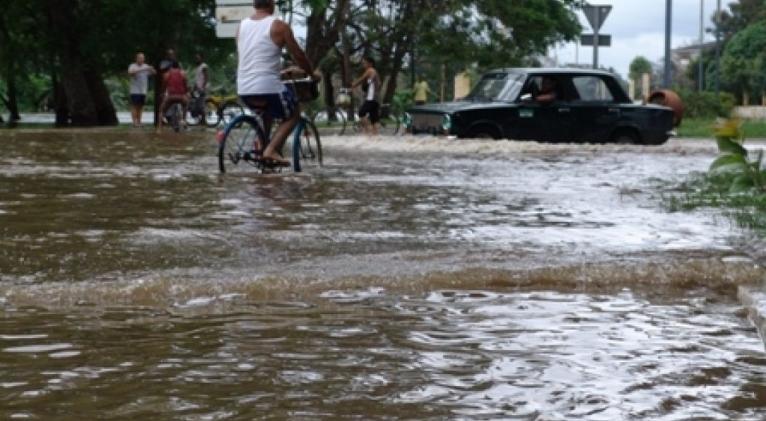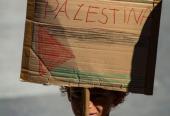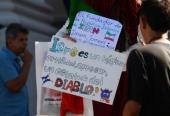Debate in Cuba on Effects of El Niño

The impact of meteorological phenomenon El Niño in zones of Latin America and the Caribbean was the center of debates at the 3rd Regional Humanitarian Forum, gathering more than 40 specialists from 11 countries in the Cuban capital. Statistic data from OXFAM, an international confederation now working in more than 90 countries of the planet, showed that more than 3.5 million people have been affected by droughts and the effects of El Niño.
During the third day of discussions in the event sponsored by OXFAM, Cuba gave its own experiences in the surveillance and alert systems to mitigate the damages caused especially by droughts, which one of the consequences of the effects by El Niño.
Since the early 90s of last century , people are working on that system, which currently allows diagnose and predict those events.
Cuban meteorologist Cecilia Fonseca predicted an adverse situation regarding rainfall in the coming months. Very heavy rains of short duration may occur, she said.
Their effects will not be on the drought but we must be alert to coastal flooding, she said.
For Cuban agrometeorologist Eduardo Valdes, is important that the farmer knows this phenomenon and its effects on the farmer cultivos.
In Cuba, experience is vital to make a diagnosis from the base.
The farmer has his own experiences, is one who sows and must take their testimonies to find mitigation strategies, he said.
Valdes in his speech said that El Nino will continue to get stronger, so "we must monitor the nascent cold campaign, especially in the cultivation of sugarcane, coffee, snuff and potatoes.
The program of the day included the statements by representatives of humanitarian coordination Nicaragua, Guatemala, Honduras, Haiti, Dominican Republic, who reported on the current situation in their respective countries.
Active until 2016 according to International Research Institute, El Niño is related to the warming in the eastern equatorial Pacific, which occurs erratically cyclical, with periods between three and eight years.













Add new comment